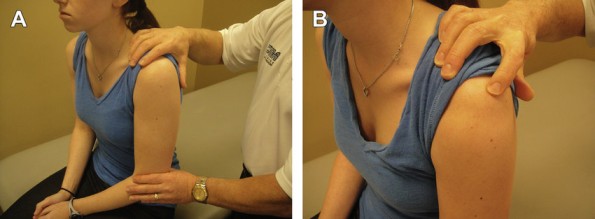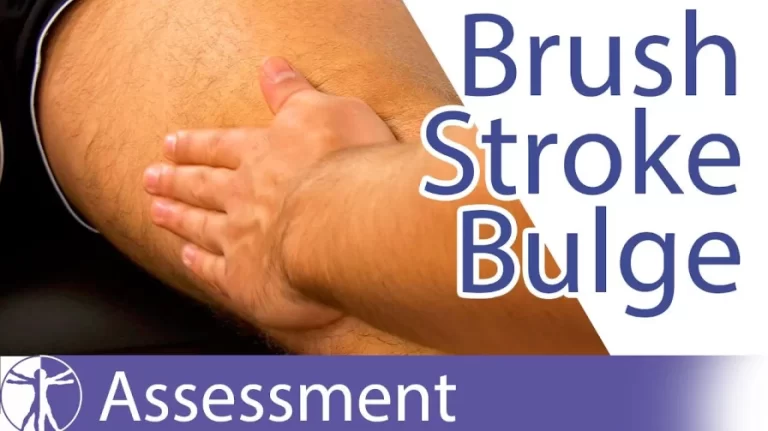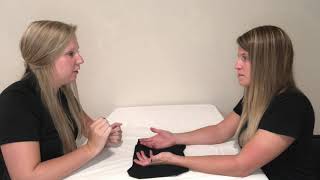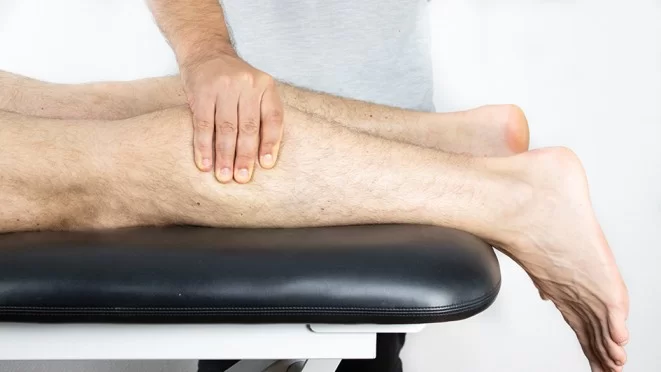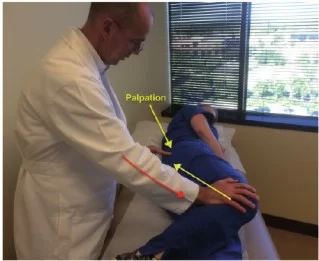Piano Key Test
What is a Piano Key Test?
The piano key Test is a physical examination test used to assess the stability of the distal radioulnar joint (DRUJ) and the triangular fibrocartilage complex (TFCC) of the wrist. It is a simple test that can be performed in the office setting.
Purpose
This test is used to examine the stability of the distal radio-ulnar joint (DRUJ)
Technique
To perform the piano key sign test, the examiner positions the patient’s wrist in pronation and stabilizes the hand. The examiner then applies downward pressure to the dorsal surface of the distal ulna. A positive test is indicated by excessive movement of the ulnar head in a volar direction, similar to the way a piano key springs up after being pressed.
Result of the Piano Key Test
Positive Result
When there is little to no resistance experienced as the ulnar head moves in a volar direction, the test is considered positive. Due to the possibility of significant abnormal baseline displacement in people with generalized ligament laxity, the amount of ulnar volar displacement must be compared on the other side. The ulna moves similarly to how a piano key does when a finger’s force is taken from it, which is how the sign for “piano key” got its name.
Negative Result
When pressure was removed from the ulnar head, there was no instability or movement noticed.
Sensitivity/Specificity
- Sensitivity: 66%
- Specificity: 64%
Indications for the piano key sign test
The piano key sign test is typically performed in patients with the following complaints:
- Wrist pain
- Wrist instability
- Difficulty with activities of daily living
- A history of wrist injury or dislocation
Differential diagnosis
A positive piano key sign test can be seen in a variety of conditions, including:
- Distal radioulnar joint instability
- Triangular fibrocartilage complex tear
- Generalized ligament laxity
- Wrist arthritis
- Rheumatoid arthritis
- A wrist fracture or dislocation
Treatment if the Test is Positive?
Treatment will vary depending on the underlying cause. The most common treatment may include splinting, physical therapy, or surgery.
If you have any concerns about your wrist pain or instability, please see a doctor or physical therapist for evaluation.
References
- Piano Key Sign. (n.d.). Physiopedia. https://www.physio-pedia.com/Piano_Key_Sign
- O. (2022, April 19). Piano Key Sign Test | OrthoFixar 2023. OrthoFixar. https://orthofixar.com/special-test/piano-key-sign/


